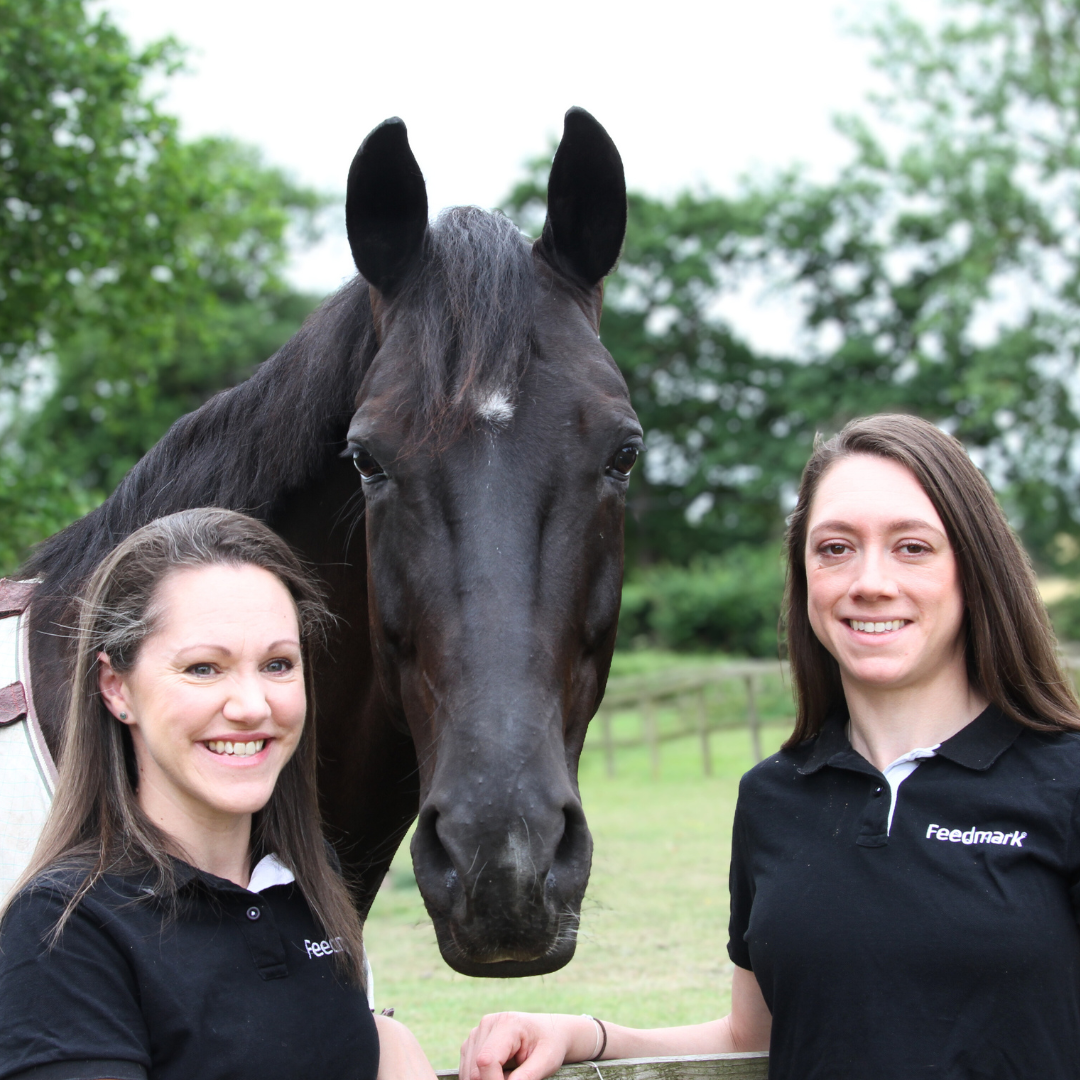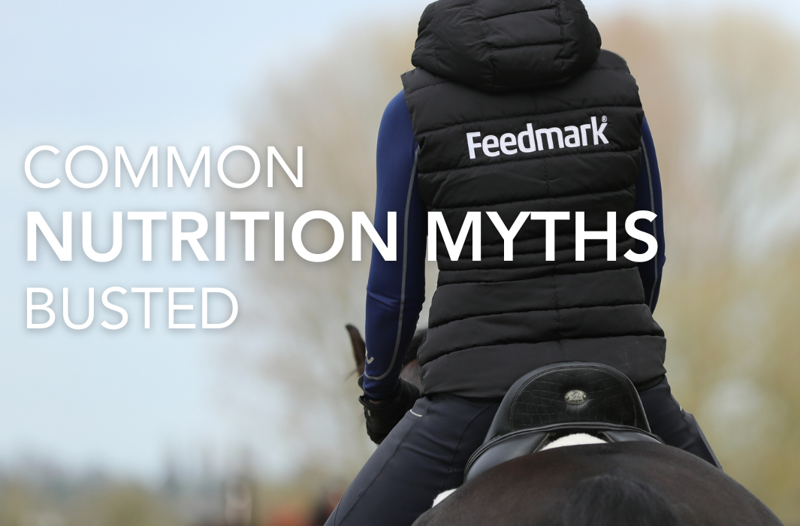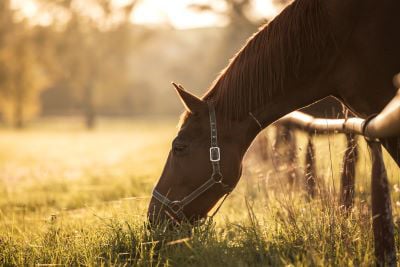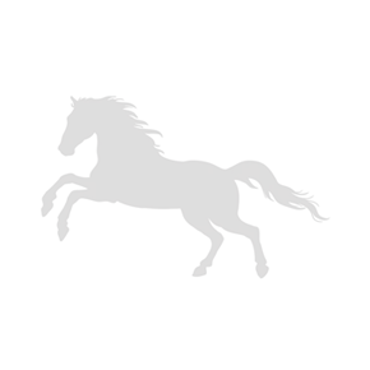As horse owners, we’re constantly bombarded with information. Whether that’s from a well-meaning friend or an internet forum, the differing opinions can be as overwhelming as they are confusing. We’re all trying to do the very best for our horses, so it’s natural to seek out as much advice as possible with that aim often ending up even more confused in the process. With that in mind, here are 6 equine nutrition myths, and some clarity around them from our registered nutritionists.
Myth: A high forage diet provides everything a horse needs
Truth: Even with the best grass, hay, or haylage, horses can’t obtain all the vitamins and minerals they need to have a balanced diet. Providing a balanced diet through feeding the recommended amount of a hard feed that contains a wide range of vitamins and minerals, a balancer, or a vitamin and mineral supplement is the cornerstone of health, performance, and longevity. With a balanced diet as a solid base, supplements can then be added to address specific issues in a targeted and strategic way.
Myth: Joint supplements make horses fizzy
While we can’t comment on all joint supplements as we don’t know what’s in them, we can confirm that there is nothing in any of our joint supplements, including Best-Flex HA or Extra-Flex HA, that has been demonstrated to contribute to fizzy or hot behaviour. Any change in behaviour is more likely due to feeling more comfortable in their joints and as a result, becoming more expressive in their movement and happier to engage in work.
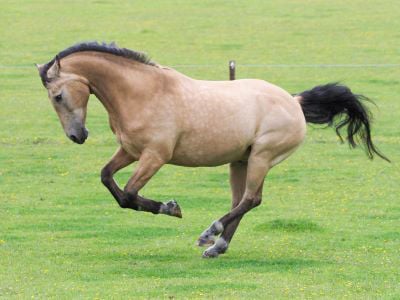
Myth: Horses shouldn’t be fed before exercise
The long-held belief that horses shouldn’t be fed before exercise has been slightly challenged in recent times as our understanding of digestion, and particularly ulcers, has evolved. While it is still advised to avoid giving a hard feed during the hour before exercise, access to hay and giving a chaff feed 20-30 minutes before exercise is now encouraged. This is to stimulate chewing and in doing so, saliva production. The horse’s saliva is a key mechanism to buffer the acid in the stomach, so chewing and swallowing chaff before exercise is often advised to help prevent acid from the lower glandular portion of the stomach splashing up into the upper squamous area during exercise. This can lower the risk of ulcers in susceptible horses.
Myth: All working horses need grain or cereal feeds
Truth: The needs of each horse are as individual as their personalities, and it is important to choose a feed that suits the specific needs of the individual horse, therefore not all working horses need cereal in the diet. Common feeding mistakes include feeding far below the recommended intakes of a conditioning feed, feeding a high cereal hard feed to an already fizzy horse, or feeding a handful of several different types of mix / cubed hard feeds. These methods of feeding are likely to be counterproductive and result in vitamin and mineral imbalances in the context of the whole diet. Focussing on the needs of each horse and being both intentional and strategic with what they’re having will not only result in improved nutrition but also simplify the feed routine, leaving less room for error.
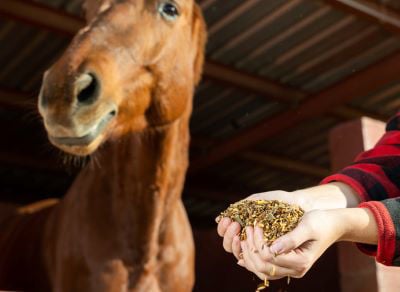
Myth: Judging forage intakes by eye
Truth: Estimating forage intakes by eye can be misleading, and as fibre is such a vitally important component of the equine diet, it is important that we get it right. Using a weighbridge to find out the weight of the horse, calculating the weight of forage required as 1.5-2.5% of that bodyweight, and then weighing the forage provided will ensure they’re getting enough. If a weighbridge isn’t an option, bodyweight can be estimated with the following equation for a horse in good condition:
(Heart Girth (cm) x Heart Girth (cm) x Length (cm)) / 11877 = Weight in kg
Using the point of the shoulder and point of buttock as the bony landmarks to measure the length.
When swapping from hay to haylage, the latter will weigh proportionally more due to the higher moisture content. To provide the same amount of fibre, a general guideline would be to give 1.25 – 1.5 times more haylage than hay. Be aware that this may increase the amount of digestible energy your horse is consuming, depending on the type of hay and haylage you feed.
Myth: More is better
Truth: When it comes to vitamins and minerals, more isn’t necessarily better. Whilst a deficiency is certainly not helpful, providing many vitamins and minerals in excess can be just as, if not even more harmful. This is particularly the case with iron and selenium, both of which are often contained in hard feed, supplements, and can also be over-supplied in grass. If a horse is having hard feed, along with a vitamin and mineral supplement and / or balancer and is turned out for a considerable proportion of each day, it is easy to see how intakes could add up to exceed requirements. Bioavailability of vitamins and minerals is also a factor, with chelated forms of minerals (meaning they have been bound to a protein molecule) having far superior absorption rates. When looking for vitamin and mineral supplements look for those that have been formulated with National Research Council recommended levels in mind and chelated vitamins, rather than those with the highest amounts of each nutrient.
We hope that this article has helped to clarify some things! For any advice or questions you may have, please don't hesitate to reach out to our expert nutrition team. You can call 0800 585525 Monday-Friday 8:30am-5:00pm. Email [email protected], or send us a DM on social media.

